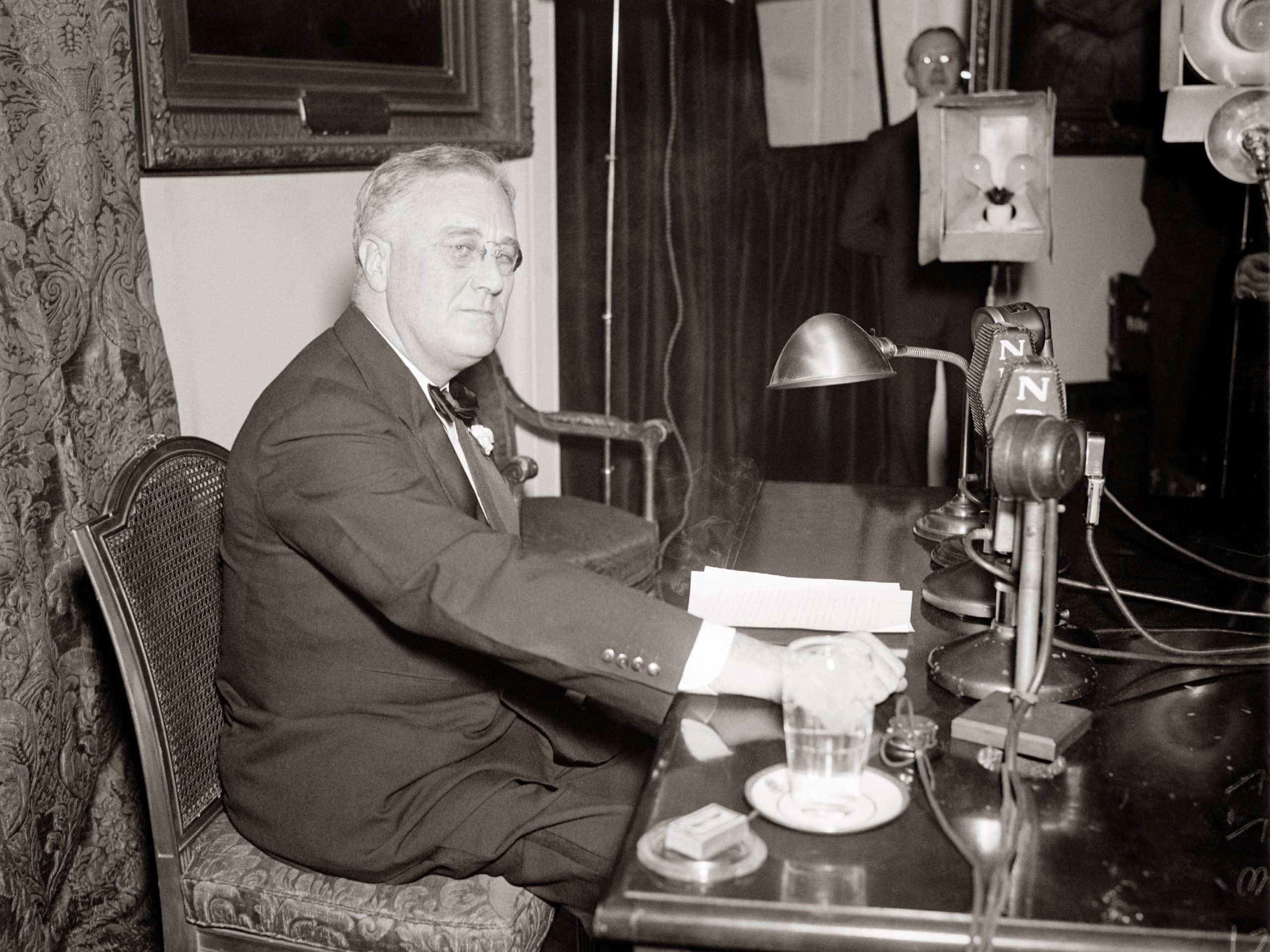Indianz.Com > News > Tim Giago: What political party did most Native Americans choose and why?

Notes from Indian Country
What political party did most Native Americans choose and why?
Monday, September 28, 2020
The Great Depression of the 1930s hit Indian reservations particularly hard. Tribes were already struggling to survive under all of the new laws and restrictions placed upon them by the United States Government heading into the depression.
The reservation system was in its formative years and the government and the Indian tribes were adjusting to the rapid changes impacting the lives of thousands of Native Americans. Indians did not become United States citizens with the right to vote or run for public office until 1924, just a few years heading into the Great Depression.
President Franklin Delano Roosevelt introduced the CCC (Civilian Conservation Corps) and the WPA (Works Progress Administration) in order to create jobs and to get America back on its feet.


Tim Giago (Oglala Lakota) has been a newspaper publisher for 40 years and was the founder of the Native American Journalists Association. Contact him at najournalist1@gmail.com.
Search
Filed Under
Tags
More Headlines
Source New Mexico: Mescalero Apache Tribe seeks answers on internet betting
Native America Calling: What we’ve learned in the 35 years since the Mohawk Resistance at Oka
Native America Calling: Tribes forced to find new clean energy paths
Cronkite News: Republicans push ‘One Big Beautiful Bill’ through Congress
Native America Calling: Residents brace for Medicaid and food assistance cuts
NAFOA: 5 Things You Need to Know this Week (July 7, 2025)
Native America Calling: A kids-eye view of the importance of relatives
Native America Calling: Confusion reigns with American Samoa citizenship status
Native America Calling: A personal portrait and a summer blockbuster
Source New Mexico: Tribes demand protections for sacred lands
Arizona Mirror: Fire prompts evacuations on Navajo Nation
Cronkite News: Congress poised to reauthorize radiation compensation program
Native America Calling: The new limits on challenging federal actions
VIDEO: ‘We have a lot of support throughout Indian Country’
Native America Calling: The necessary, but imperfect reality of the Indian Health Service
More Headlines
Native America Calling: What we’ve learned in the 35 years since the Mohawk Resistance at Oka
Native America Calling: Tribes forced to find new clean energy paths
Cronkite News: Republicans push ‘One Big Beautiful Bill’ through Congress
Native America Calling: Residents brace for Medicaid and food assistance cuts
NAFOA: 5 Things You Need to Know this Week (July 7, 2025)
Native America Calling: A kids-eye view of the importance of relatives
Native America Calling: Confusion reigns with American Samoa citizenship status
Native America Calling: A personal portrait and a summer blockbuster
Source New Mexico: Tribes demand protections for sacred lands
Arizona Mirror: Fire prompts evacuations on Navajo Nation
Cronkite News: Congress poised to reauthorize radiation compensation program
Native America Calling: The new limits on challenging federal actions
VIDEO: ‘We have a lot of support throughout Indian Country’
Native America Calling: The necessary, but imperfect reality of the Indian Health Service
More Headlines